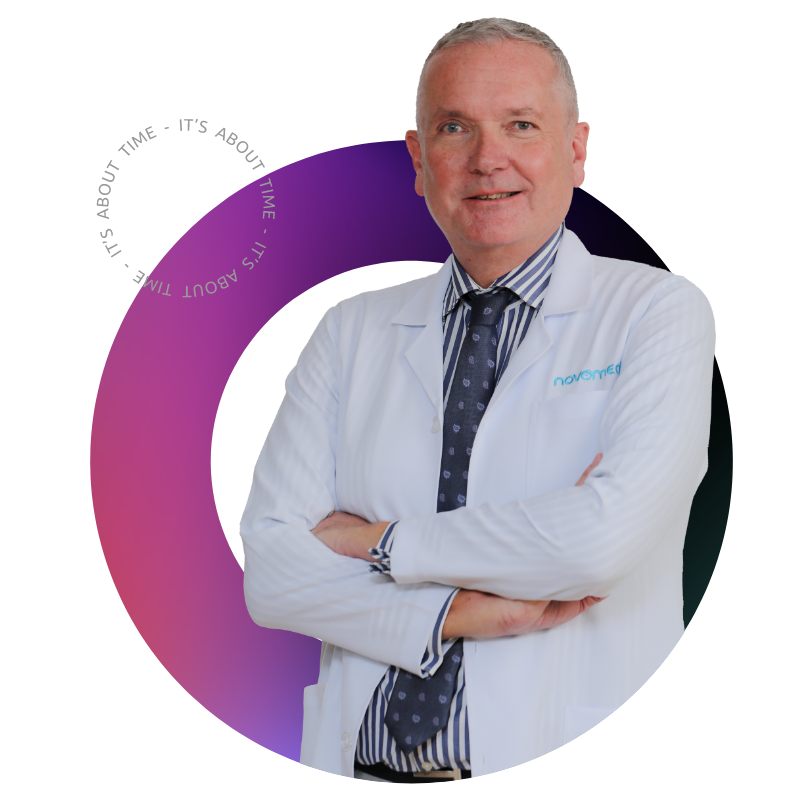What is sciatica?
Sciatica is the pain that runs along the sciatic nerve, which branches from your lower back and extends into your hips, buttocks, and down your legs. Sciatica commonly affects only one side of your body.
This condition arises when a herniated disc, bone spurs in the spine, or spinal stenosis compresses on a portion of a nerve. This causes inflammation, pain, and often some tingling in the affected leg.
Although the pain associated with sciatica can be severe, most cases resolve with nonsurgical treatments within a few weeks. People with severe sciatica associated with significant leg weakness or changes in the intestine or bladder may be candidates for surgery.
What is the cause of sciatica?
Sciatica occurs when the sciatic nerve is compressed, usually due to a herniated disk in your spine or a bone spur in your vertebrae. In rarer cases, the nerve can be compressed by a tumor or damaged by a disease such as diabetes.
Risk factors such as aging, obesity, lifting heavy objects and prolonged sitting can increase your risk of developing sciatica.
How is sciatica diagnosed?
Our neurologist will conduct a physical exam and check muscle strength and reflexes. They may ask you to walk on your toes or stand from a squatting position and raise your legs one at a time when lying on your back. The pain from sciatica will get worse during these activities.
Screening tests
- X ray. X-rays of the spine may reveal an overgrowth of bones that may be pressing on a nerve.
- Magnetic resonance imaging (MRI). This procedure uses a strong magnet and radio waves to create cross-sectional images of your back. This test helps your doctor to obtain detailed images of bone and soft tissues.
- Computerized tomography scan (CT). When a CT scan is used to visualize the spine, a contrast dye may be injected into the spinal canal before the X-ray is performed. The dye then circulates around the spinal cord and myelinated nerves, and it appears white on the scan.
- Electromyogram (EMG). This test detects and records the electrical impulses generated by the nerves and the responses of your muscles. The test can confirm pressure on nerves caused by herniated discs and the narrowing of your spinal canal (spinal stenosis).
How is sciatica treated?
Medical treatment
Medicines that may be prescribed for sciatica include:
- Anti-inflammatories
- Muscle relaxants
- Tricyclic antidepressants
- Anti-seizure medications
In some cases, our neurologist may recommend that a corticosteroid drug be injected into the area around the affected nerve root. Corticosteroids help reduce pain by suppressing the inflammation surrounding the irritated nerve. These effects usually disappear within a few months. The number of steroid injections you can receive is limited because the risk of serious side effects increases with more frequent injections.
Physiotherapy
Once your acute pain improves, our neurologist or physiotherapist can design a rehabilitation program to help you prevent future injuries. This includes exercises to correct your posture, strengthen the muscles supporting your back and improve your flexibility.
Surgery
Surgery is only recommended when the compressed root causes significant weakness, loss of bowel or bladder control, or when your pain is progressively worse or does not improve with other treatments. Surgeons can remove the bone spur or the portion of a herniated disk that is compressing the affected nerve.
To book an appointment or for more information about Sciatica Treatment, call us toll-free on 800 (NOVO) 6686 or click the live chat icon at the bottom of the screen.


























